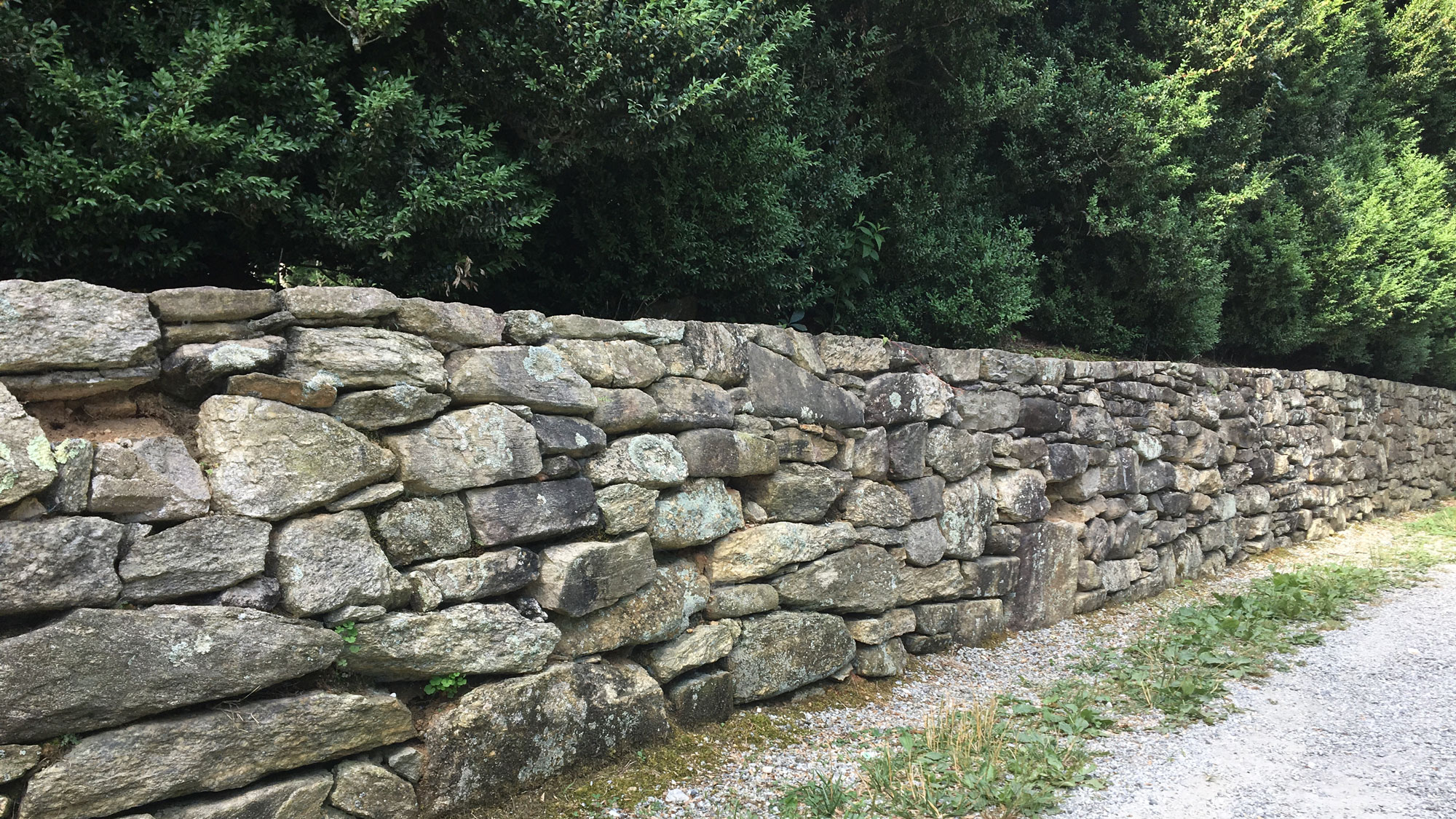Talking Turkey
/Image courtesy of Warren Lynn
Back when European settlers first came to Southern Appalachia, wild turkeys were plentiful. By the early 1900s, however, only a few were left, a decline that continued into the mid-century.
“Wild turkeys were nearly extirpated because of habitat loss and overharvest,” says Michael J. Chamberlain, a professor of Wildlife Ecology with the University of Georgia. Chamberlain studies the behavior of wild turkeys all over the southeastern United States where, thanks to a contraption known as a rocket net, biologists in the 1950s began to capture surviving individuals in various places and relocate them to suitable habitats from which the bird had previously disappeared.
“I grew up hunting turkeys in the fall and spring,” says Chamberlain, who got his B.S. at Virginia Tech, and his M.S. and Ph.D. from Mississippi State University. “When given the opportunity to study them in graduate school, I realized turkeys were a fascinating species. Since then, I have been working with them in field studies for more than 25 years.”
Chamberlain is focused on ensuring that we have sustainable populations of wild turkeys in the future. How could he study them closely for a quarter of a century and never grow bored?
“There are many unique characteristics of turkeys,” Chamberlain says, “but one that many find interesting is that they roost at night off the ground in trees. Turkeys are fairly large birds, so the fact that they sleep off the ground tells you much about what has shaped their ecology—that is, the risk of being killed by a predator at night. This also reveals that roost selection is a critical aspect of their behavior, as this selection can influence survival.”
Another fascinating aspect of Chamberlain’s work is turkey talk. “Turkeys communicate in various ways, from vocalizations to appearance,” he says. “It is believed that turkeys primarily recognize each other through these vocalizations and the appearance of their heads.”
Of particular interest are the social hierarchies that influence how individual turkeys behave throughout their lives. “Pecking orders introduce structure into the flocks we observe,” says Chamberlain. “This structure is something we do not fully understand, but it clearly influences how they behave and interact throughout the year.”
Pecking orders begin to form when birds are only a few days old. Groups of males and females each have pecking orders where there is a dominant bird within the group and other birds are subordinate.
“Turkeys constantly test these pecking orders, by fighting, pecking at each other, chasing each other, and so forth, seeking to challenge the dominant bird and move up in the hierarchy,” Chamberlain says. Why? “These pecking orders dictate access to resources and breeding opportunities in the spring.”
Image courtesy of Warren Lynn
Wild turkeys’ success is linked to areas with abundant grasses and shrubby vegetation that grow low to the ground. These plants harbor abundant insects and seeds, which dominate turkey diets.
The habitats where turkeys thrive are critically important to many other species, such as black bears who share their requirement for hard mast like acorns in the winter. So, managing parks and forest lands to ensure turkeys can thrive should mean success for many other important species.
“The restoration of this iconic species is considered one of the greatest conservation success stories in the world,” Chamberlain says, “yet turkeys face ongoing challenges that have resulted in population declines in some areas. My work is focused on identifying the reasons for these declines, providing management agencies such as Great Smoky Mountains National Park with solutions to address them.”
—-
Reprinted with Permission
By Frances Figart,
GSMA, Creative Services Director
Learn more about Great Smoky Mountains Association at https://www.smokiesinformation.org/





